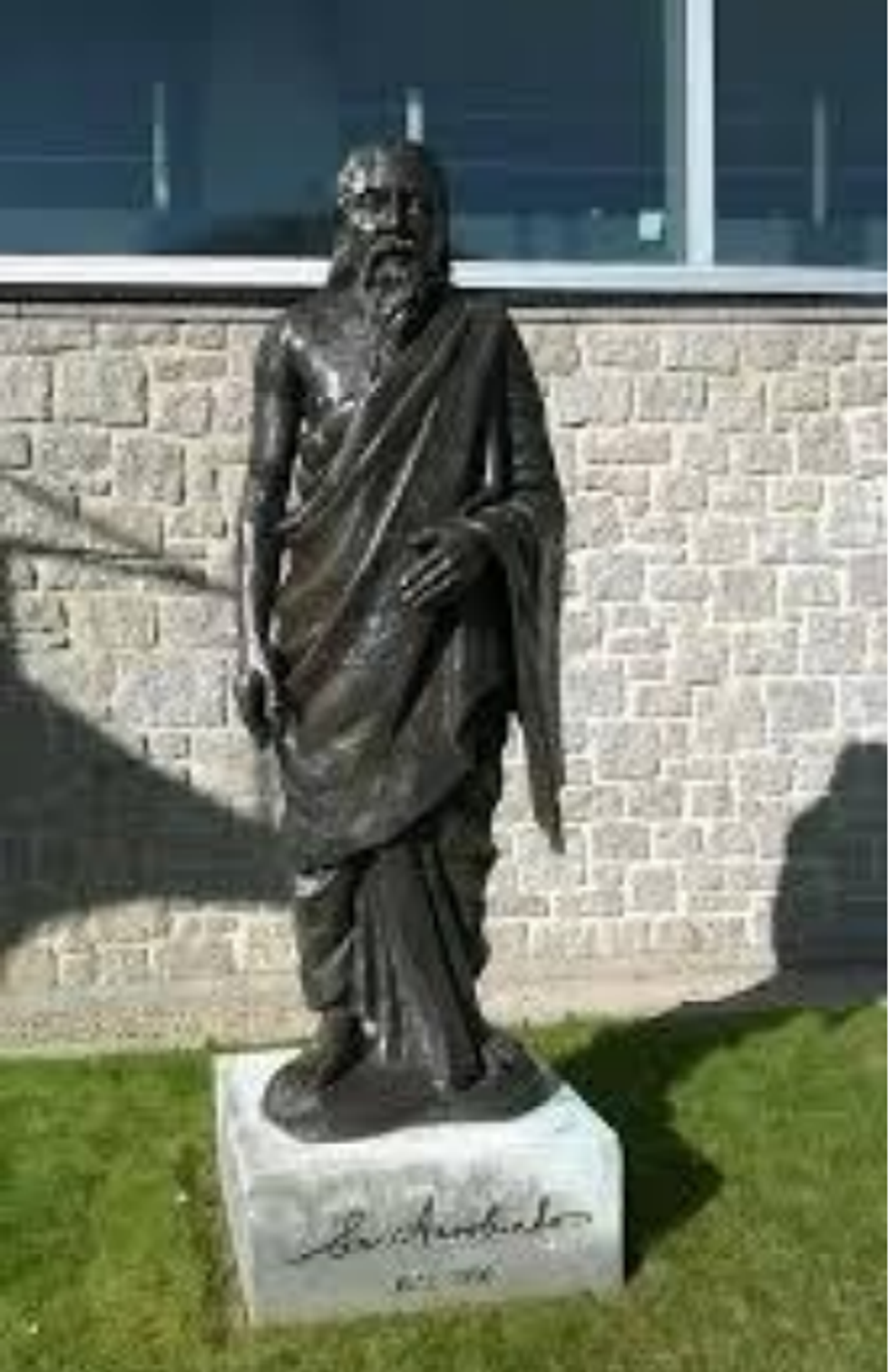The simple exercise of walking is enough to bring relief to those having a history of low back pain, according to research published in The Lancet journal.
Following around 700 adults who had recovered from a recent episode of low back pain, researchers divided the participants into three groups - a personalised walking programme, physiotherapy sessions over six months and no intervention.
The team of researchers, including those at Macquarie University, Australia, found that the walking group experienced greater relief, with a longer pain-free period before recurrence.
"Walking is a low-cost, widely accessible and simple exercise that almost anyone can engage in, regardless of geographic location, age or socio-economic status," said senior author Mark Hancock, a professor of physiotherapy, adding that the findings could profoundly impact how low back pain is managed.
"Our study has shown that this effective and accessible means of exercise has the potential to be successfully implemented at a much larger scale than other forms of exercise," said lead author Natasha Pocovi from Macquarie University.
Physiotherapy sessions needing close expert supervision and expensive equipment can make it "much less accessible to the majority of patients," said Hancock.
However, the researchers were not exactly sure why walking was more effective in relieving pain, but they think it might be due to the gentle movements and strengthening of spine, along with its relaxing effects and the release of "feel-good" endorphins (happy hormones).
"And of course, we also know that walking comes with many other health benefits, including cardiovascular health, bone density, healthy weight, and improved mental health," said Hancock.
According to the World Health Organization (WHO), low back pain is the single leading cause of disability, affecting quality of life. About 620 million people around the world were affected by the condition in 2020, and cases are estimated to swell to over 840 million by 2050, it said.
A 2022 study by researchers, including those from the National Institute of Health and Family Welfare and QI Spine Clinic, New Delhi, found that low back pain was more prevalent in India, compared to the world.
About 66 per cent of Indians were estimated to be enduring the condition for a lifetime, with women, rural population and manual labourers being affected the most. (PTI)






 Many of these beaches are tidal and best enjoyed at low tideiStock
Many of these beaches are tidal and best enjoyed at low tideiStock It’s also unofficially clothing-optionaliStock
It’s also unofficially clothing-optionaliStock Framed by the turquoise seaiStock
Framed by the turquoise seaiStock It’s best visited early or late in the dayiStock
It’s best visited early or late in the dayiStock












 Heehs describes two principal approaches to biographyAMG
Heehs describes two principal approaches to biographyAMG